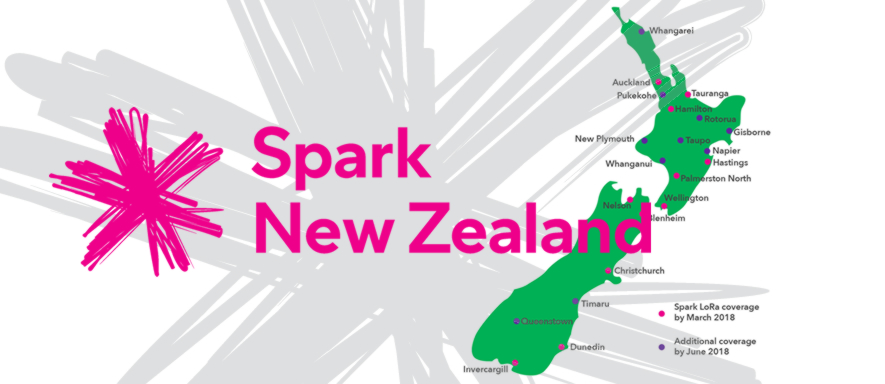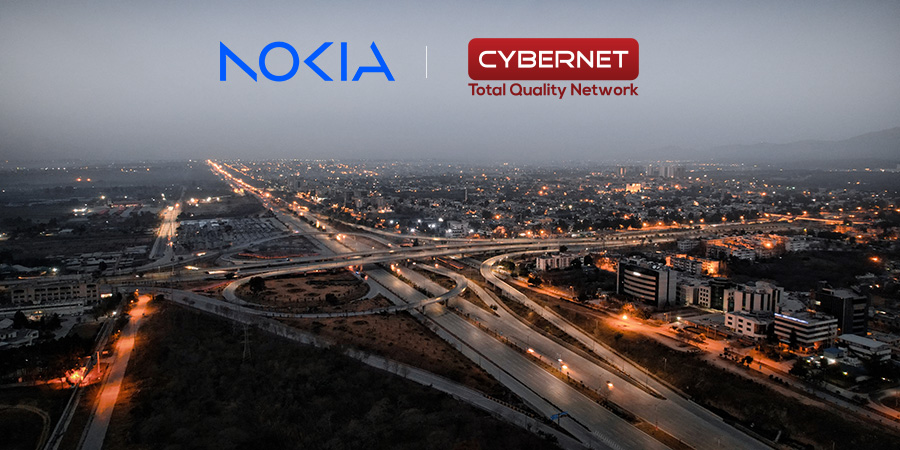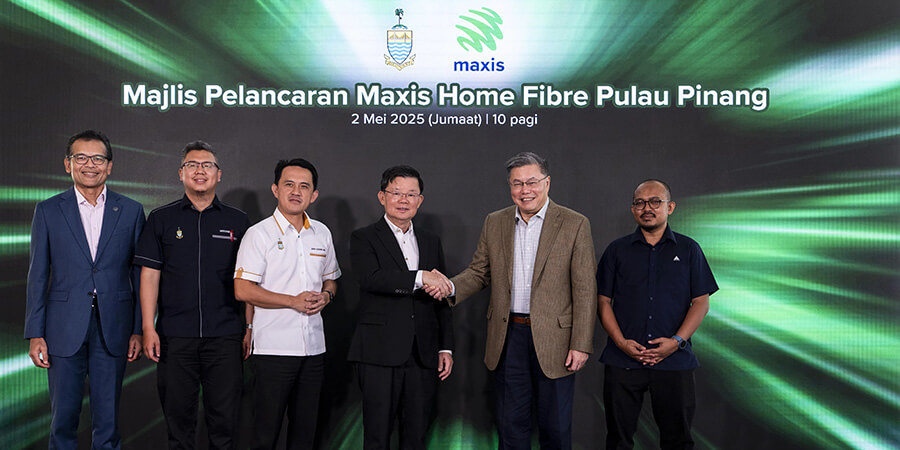Spark, New Zealand’s largest telecom provider is building a long-range (LoRa) network to enable Internet of Things (IoT) in New Zealand’s most populated urban areas, switching on sites in Christchurch, Wellington, Hamilton and Auckland in time for the New Year.
Spark has been testing the technology with partners from a range of industries, from agriculture through to marine, and is seeing strong demand for the network as a result. Resource monitoring company Lenvo is working with Spark to have coverage extended into rural areas as well.
According to Spark, the network will allow businesses and local councils to connect to “things”, like waterways, traffic lights, and machinery. Sensors in these real-world objects will send information over the LoRa network, providing real-time insight into the infrastructure New Zealand cities run on. In turn, it will help local councils and asset-heavy organizations run better, with lower costs.
“The ways we’ll be able to use this new network are huge – it will change how our cities and businesses operate,” said Spark’s GM IoT Solutions, Michael Stribling. “We can put sensors on vehicles and equipment so we know where they are and how they’re being used. Sensors will be able to tell our councils when to carry out maintenance. There are so many examples of how it will help us manage assets better.”
Spark’s national LoRa network is being built by specialist network provider, and IoT rollout experts, Kordia. It will suit low-power, low-data uses, complementing the high-power LTE network (LTE Cat-M1 or ‘M1’) that Spark began trials on in 2017. By 2020, Spark’s IoT networks will cover around 80 percent of New Zealand’s population.







